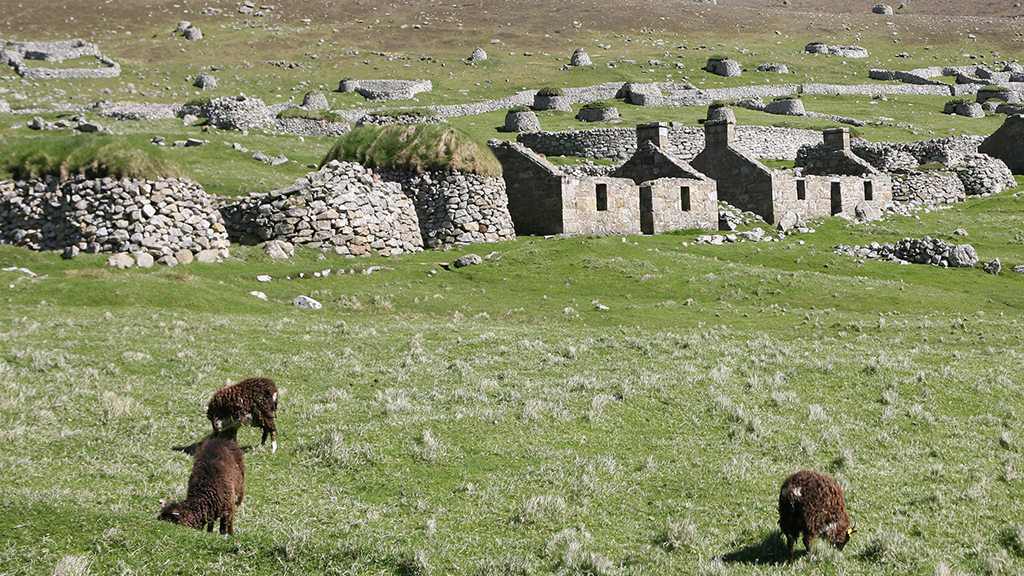Abstract
This interrupted case study introduces two distinct, but not mutually exclusive, strategies for defending against parasites: resistance and tolerance. Students analyze and interpret research conducted on resistance and tolerance to gastrointestinal parasites in Soay sheep (Ovis aries), and discuss the relative costs and benefits of these defense strategies. Immune responses have costs, and fighting off parasites is not always adaptive. The final part of the case study asks students to look beyond the Soay sheep example and consider how resistance and tolerance could provide insights into the management of infectious disease and antibiotic resistance. This case was designed for an upper level undergraduate vertebrate physiology course, but could also be used in courses like introductory disease ecology, ecological physiology, evolutionary medicine, or immunology.



